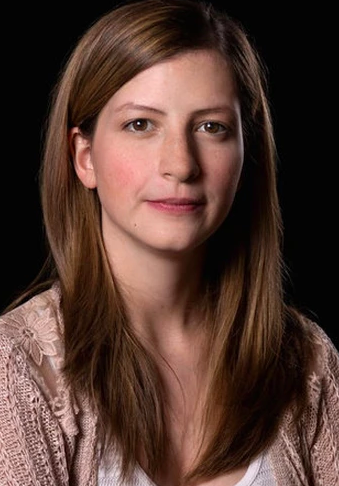
About the Author: Kara Thomas has written for everything, from her high school newspaper to Warner Bros. Television. She is a true-crime addict who lives on Long Island with her husband and rescue cat. She is the author of The Darkest Corners, Little Monsters, and The Cheerleaders.
Find Kara Thomas on the following platforms:
Kara Thomas: The most difficult part of trying to get a novel published while I was in college was balancing the demands of my classes with finding time to write. I spent pretty much my entire time in college trying to get published, so my summers were spent researching agents, crafting query letters, and sending my work out into the world (and waiting). During the year I focused on school, which relegated my writing time to late nights and weekends. My first book was published when I was 23; for perspective, I started trying to get published at 19.
KT: Dennis Lehane and Gillian Flynn are my favorite authors and write the type of morally complex books that I want to write. Growing up, I was inspired by Dean Koontz, Janet Evanovich, and Stephen King.
KT: I love the crime/thriller genre, so any book I write will probably have some sort of mystery element, but a lot of the ideas I have for future projects are very different from what I’m writing now. The idea I’d like to work on next is actually a science fiction thriller. I’m also working on an adult crime novel.
KT: I think a good twist is believable and thought-provoking. I don’t like twists that pull the rug out from under the reader and flip the whole story on its head. I try to come up with my twists by asking myself how can I add another layer to the story at the ending– either by giving the character a moral dilemma to deal with or revealing another layer to a character and their motivations.
KT: I was loosely inspired by the story of Dryden, New York, and the tragic events that took place there in the late 80s-90s. I read a fantastic long-form article by E. Jean Carroll about the town, and I came away with a lot of questions about how one community can absorb so much loss.
KT: I’m actually an only child. A lot of readers think I must have a sister, since all of my main characters have relationships with their sisters that factor prominently into the plots of my books, but I don’t.
KT: What happens in the town of Sunnybrook is the quintessential American tragedy– the most beautiful, popular girls are the ones who are killed. I wanted to examine society’s perverse obsession with these stories, where the more likable the victim is, the more attention a crime will get. Monica doesn’t want to be a victim, and she doesn’t care about being likable, so I thought she would provide a contrast with the traditional view of the American cheerleader.
KT: I felt myself empathizing the most with Jen while I was writing– I never lost my friends to tragedy the way she did, but the emotions she experiences in her sophomore year, realizing that her friends are growing apart from her, was something I dealt with as a teenager. Her crushing loneliness and feeling like her friends are slipping away is something I’m familiar with.
KT: I thought it was really important to get Jen’s perspective of the weeks leading up to the tragedies. Monica can only uncover so much of the truth with the information she has on hand, so Jen’s point of view allowed me to raise more questions for the reader and thread in suspense.
KT: A theme I wanted to hit on was that the people you encounter in high school are complicated and things aren’t always what they appear. Ginny is the quiet girl who is dealing with some seriously heavy stuff at home, but no one would ever guess it by looking at her.
KT: I knew from the beginning who was responsible for the murders– the motivation and how it all played out, as well as how the other deaths were connected, evolved and grew with each draft, but it was always going to be that person who killed Julianna and Susan.
KT: My next book, still untitled, is about three best friends that go on a dangerous hiking trip… and only one comes back alive.
PRR Writer, Katelyn Wildman